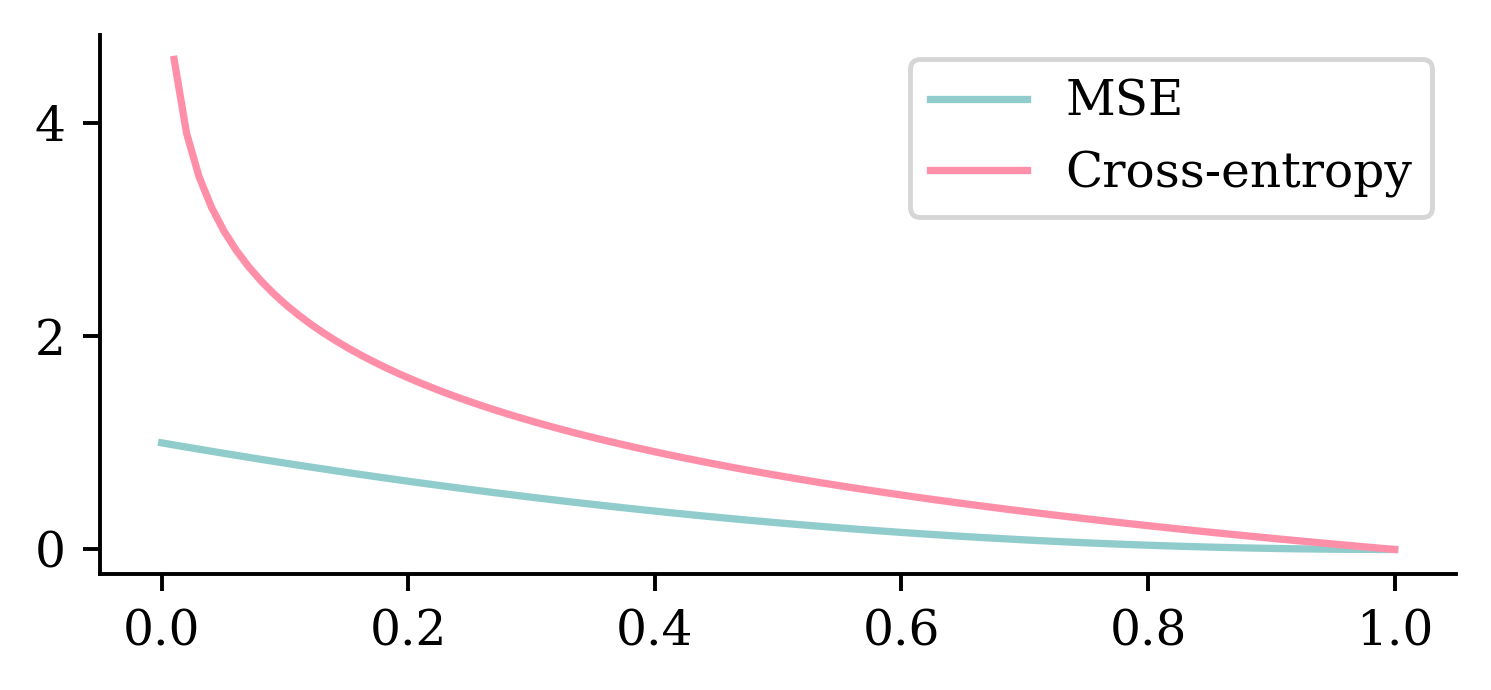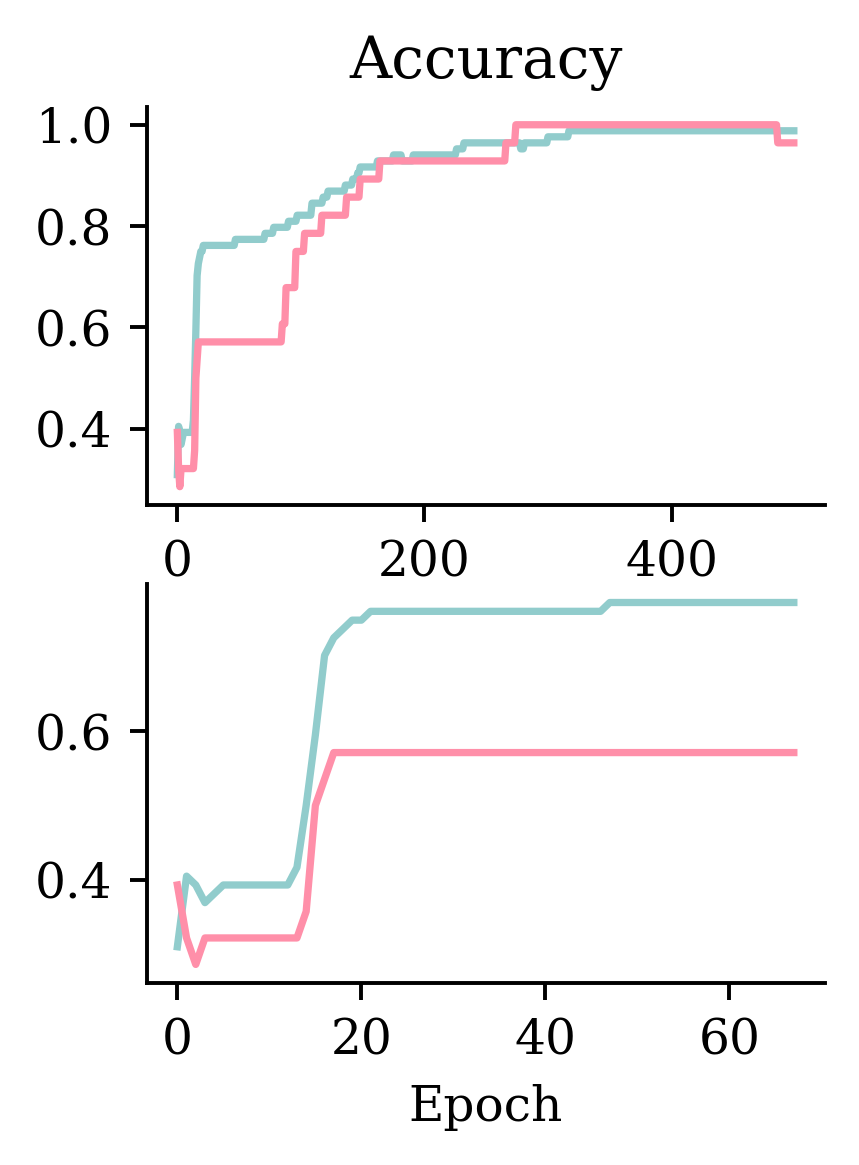Show the package imports
import random
from pathlib import Path
import matplotlib.pyplot as plt
import numpy as np
import pandas as pd
import seaborn as sns
from keras.models import Sequential
from keras.layers import Dense, Input
from keras.callbacks import EarlyStopping
from sklearn.model_selection import train_test_split
from sklearn.preprocessing import OneHotEncoder, StandardScaler
from sklearn.compose import make_column_transformer
from sklearn.impute import SimpleImputer
from sklearn import set_config
set_config(transform_output="pandas")






